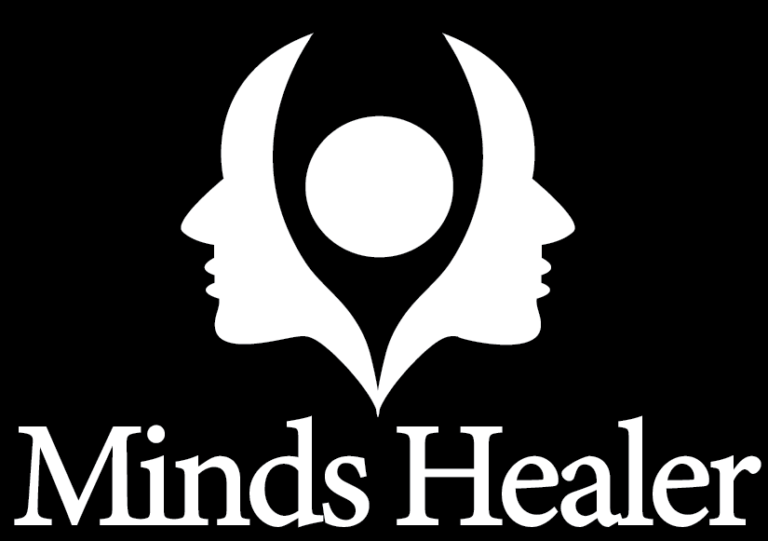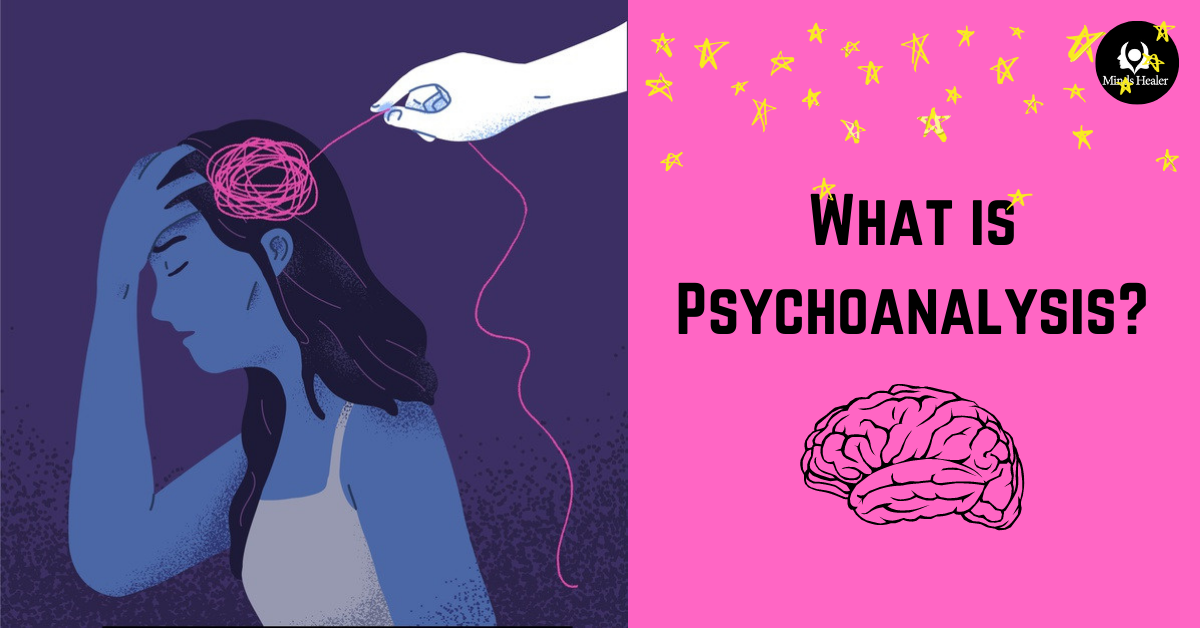Freudian slips are ‘slips of the tongue’ but where your unconscious thoughts or motives are transferred to your conscious mind. We basically reveal what is really on our minds by saying something we do not mean.
This and many other concepts in psychology were given by or based on theories of Sigmund Freud (hence the name ‘Freudian slip’). His conceptualizations and the thereon based therapy are together called ‘PSYCHOANALYSIS.’
What is Psychoanalysis? Psychoanalysis is among the first to gain public recognition and acceptance and is still practiced today in classic form as well as in modified manners.
It is also a therapy which is equally misunderstood and has become a source of ridicule in popular culture (Try searching ‘Freud memes’ or ‘Freud comics’ on any search engine, you will know what I mean!).
So, isn’t it the time to set the records straight?
PSYCHOANALYSIS: WHAT DOES IT ACTUALLY STAND FOR?
Psychoanalysis stands for the theory as well as the therapy developed by Freud or primarily based on his ideas. The theory of psychoanalysis talks about various concepts but the main premise is the powerful effect of the unconscious mind on our feelings, behaviors, interactions and other aspects of life.
The therapy focuses on treating mental health problems or emotional issues with a goal of tapping the unconscious ideas of the individual and understanding its effect on the emotions or on the presented problem.
Unconscious conflicts can lead to various kinds of emotional or mental health problems, like,
- Anxiety
- Depression
- Bipolar disorder
- Obsessive-compulsive disorder
- Phobias
- Sexual disorders
- Personality disorders
- Daily life difficulties at work or in relationships
Although the theory and the therapy, both, have advanced quite a bit since Freud conceptualized them, his ideas still form the basis of the modern approaches of psychoanalytic therapy.
Basic Assumptions of Psychoanalytic Therapy
- Experts who adopt this approach believe that psychological problems have their roots in the unconscious mind.
- Hence, the symptoms are caused by hidden motives or disturbances.
- Childhood repressed trauma greatly affects the individual’s later life emotions, behavior, and interactions.
- The treatment is focused on bringing these troubling repressed conflicts to consciousness where the client can deal with it.
Goals of Psychoanalytic Therapy
Though the goals of the therapy vary according to the client’s needs and problems, they are usually focused on –
- Personal adjustment and reorganization of internal forces
- Helping the client to become more aware of his/her unconscious aspects of personality and work through the current dysfunctional behaviors or thought patterns.
- Helping the client deal with the previously repressed or unresolved conflicts.
- Helping the client improve their relationships and productivity.
- Psychoanalysis also stresses environmental adjustments and helps clients base their behaviors on reality rather than irrational beliefs.
Successful therapy is believed to result in modifications to an individual’s personality. The process is not limited to solving current problems and learning new adaptive behaviors but it probes much deeper into the past and helps in the development of a new level of self-understanding.
Techniques used in Psychoanalytic Therapy
Free Association: In this technique, the client says whatever comes to mind without censoring any thoughts or without repressing them. This is done even if the thoughts are silly, irrational, suggestive, or painful. In this way, unconscious material enters the conscious mind, and the psychologist interprets it.
Sharp attention is paid to any Freudian slip by the client that may reveal unconscious conflicts.
Dream Analysis: In the psychoanalytic theory, dreams are believed to be the main source of understanding the unconscious. They are also called the, “royal road to the unconscious.” In this technique, the clients are encouraged to dream and remember them.
The therapist focuses on two aspects of the dream – the obvious meaning and the hidden but true meaning of the dream. He analyzes and interprets both these aspects.
Analysis of Transference: Transference is when the client transfers the unconscious feelings that he/she may have towards significant figures in his/her past, generally a parent, onto the therapist. The analyst encourages this transference and interprets the feelings expressed.
It is believed in this approach that the release of these feelings is therapeutic. But, the actual value of this experience lies in the client’s increased self-understanding and self-knowledge.
Transference helps the client to understand how past relationships and unresolved conflicts influence their present and then are freed to move on from that stage.
Analysis of Resistance: Sometimes the clients may suddenly slow down or stop making progress in psychoanalysis. Their resistance to this therapeutic process may be evident from their actions, like –
- Missing appointments,
- Being late for sessions,
- Not paying fees,
- Blocking of thoughts during free association,
- Refusing to recall a dream or childhood memory, etc.
This may be the client’s unconscious attempts to prevent anxiety-provoking or painful revelations. The therapist’s analysis of resistance can help the client to gain insight into these behaviors and prevent the process from coming to a halt.
Interpretation: This technique is already a part of previous techniques discussed and it complements them. Interpretations include explanations and analysis of clients’ thoughts, feelings and behaviours.
When the therapist interprets, he/she makes the client understand the meaning of the past and present problems.
Process of Psychoanalytic Therapy
- The psychoanalyst and the patient may meet at least 3-5 times a week to establish the therapist’s clinic as a comfortable place for the client. This would enable the free association and development of a deep bond with the analyst.
- While indulging in free association, some people find that lying down facilitates the process and helps them focus on their inner thoughts.
- This is a collaborative effort and a lengthy process. As psychoanalysis dives deep into the past and deals with repressed trauma, it may take years to resolve the long-standing issues. So, the therapy is quite intensive as well as extensive.
- The major downsides of this process are that it is time-consuming and it can be expensive.
- But it leads to lasting improvements even after the therapeutic process ends.
If this kind of therapeutic approach sounds right for you, make sure you find the right and qualified psychoanalyst. The number of psychoanalysts is very less in India and hence, do your research, search online and look at their credentials before going into the therapy.
References –
- https://www.simplypsychology.org/psychoanalysis.html
- https://www.goodtherapy.org/learn-about-therapy/types/psychoanalysis
- https://www.health.harvard.edu/newsletter_article/Psychoanalysis_Theory_and_treatment
- https://www.verywellmind.com/what-is-psychoanalytic-therapy-2795467
- Gladding, S. T., & Kishore, R. (2017). Counseling: A comprehensive profession. Pearson Education India.
Please visit our website to read more related blogs!



